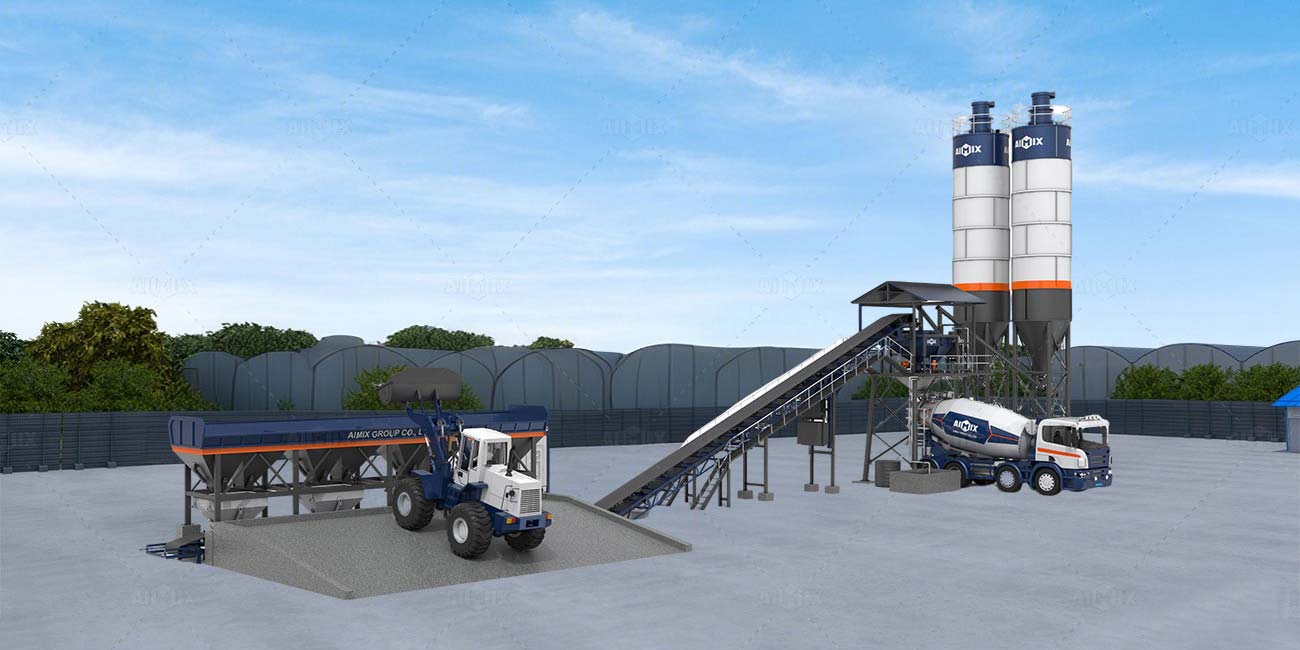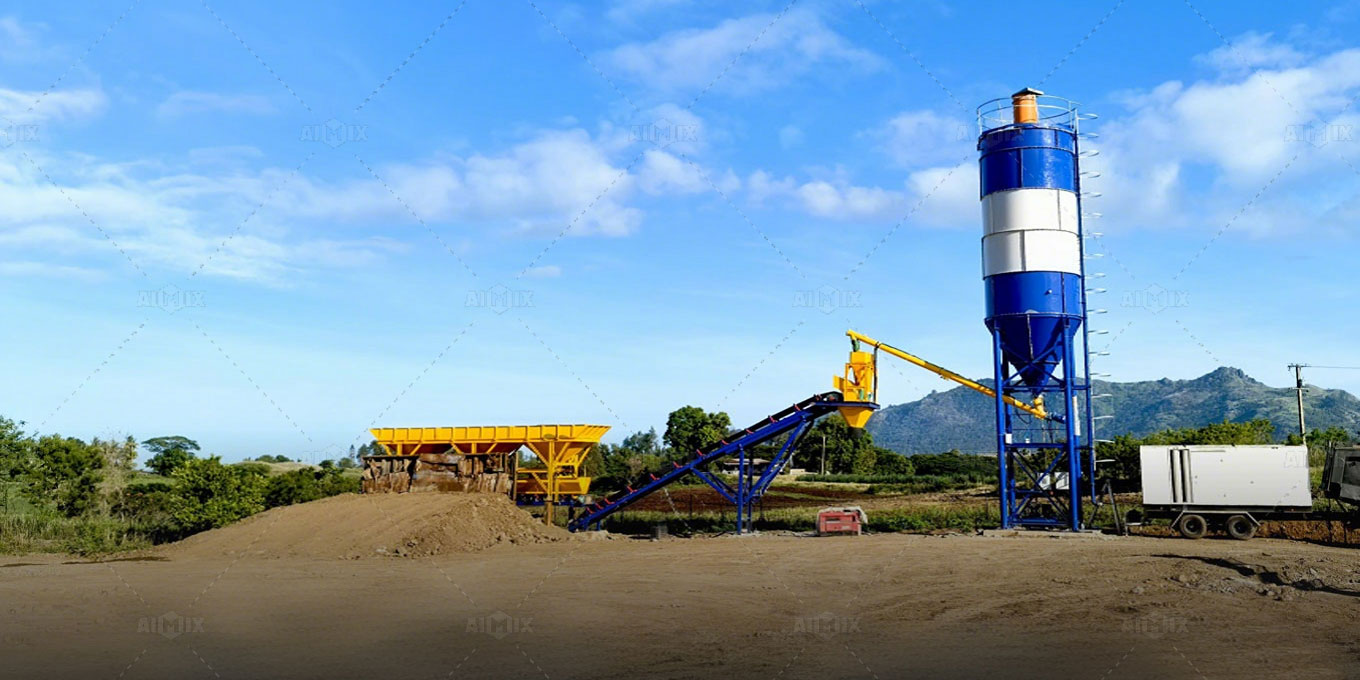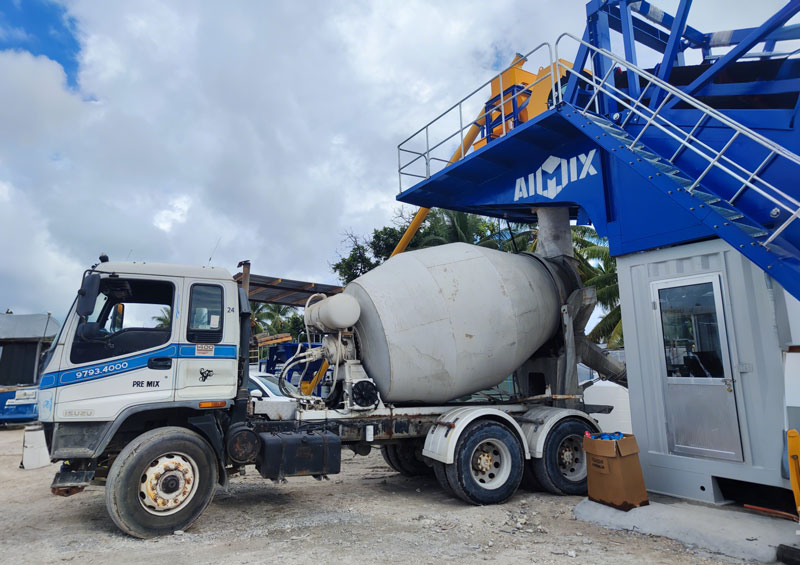Australia’s construction industry operates within some of the world’s most stringent quality and environmental frameworks, setting exacting benchmarks for dry mix concrete production. From the red deserts of the Outback to coastal metropolises, the demand for consistent, high-performance concrete is uncompromising. Dry mix batching plant must navigate a complex interplay of regulatory compliance, material science precision, and operational excellence to meet these expectations. The margin for error is slim in an industry where structural integrity and sustainability are non-negotiable priorities.

Regulatory Compliance: Beyond Basic Standards
Australian dry mix concrete plants operate under a web of national and state-specific regulations that exceed global norms. The AS 1379 specification for concrete materials is just the starting point, with additional layers of compliance required for environmental management and workplace safety. Concrete batching plants in Australia must demonstrate rigorous dust suppression capabilities, with particulate emissions monitored in real-time to meet the National Environment Protection Measures. Water recycling systems aren’t optional—they’re engineered to recover 95% or more of process water, a necessity in drought-prone regions. This regulatory landscape creates an environment where quality systems are deeply embedded in operational DNA rather than treated as afterthoughts.
Material Consistency in Extreme Conditions
The Australian climate presents unique challenges that test the limits of dry mix technology. Batching plants in tropical North Queensland must account for monsoonal humidity that can alter material flow characteristics, while facilities in Western Australia’s Pilbara region contend with abrasive iron-rich aggregates. Advanced moisture monitoring systems have become essential, using microwave and infrared sensors to maintain water-cement ratios within 0.01 tolerance levels. Silo designs now incorporate aerated discharge systems to prevent material bridging in high-heat environments, ensuring uniform mix quality whether the ambient temperature is 5°C or 45°C.

Automation and Traceability Imperatives
Modern Australian dry mix facilities are embracing Industry 4.0 principles with proprietary batching algorithms that adjust mix designs based on real-time material analysis. Each batch receives a digital fingerprint—a comprehensive data log tracking aggregate source, cement batch numbers, and mixing parameters. This level of traceability satisfies both commercial project requirements and government infrastructure mandates. Automated quality gates will reject non-conforming mixes before they leave the concrete batching plant for sale, with some systems incorporating AI-powered visual inspection to detect aggregate gradation anomalies invisible to the human eye.

Sustainability as a Competitive Advantage
Leading plants are redefining environmental stewardship through innovations like geopolymer concrete production and solar-powered drying systems. The use of supplementary cementitious materials has become an art form, with blends incorporating fly ash, slag, and even recycled glass powders optimized for specific regional conditions. Carbon accounting is now standard practice, with mobile batching plants required to report embodied emissions per cubic meter—a metric that increasingly influences procurement decisions. These sustainability measures aren’t just about compliance; they’re becoming key differentiators in a market where green building certifications carry substantial commercial weight.
The Australian approach to dry mix concrete production demonstrates how quality evolves from being a measurable attribute to a holistic operational philosophy. From the laboratory to the loading bay, every process step reflects an understanding that concrete isn’t just a commodity—it’s the literal foundation of the nation’s infrastructure future. As global standards continue rising, Australia’s exacting practices offer a blueprint for achieving excellence in harsh conditions without compromising environmental or performance benchmarks.